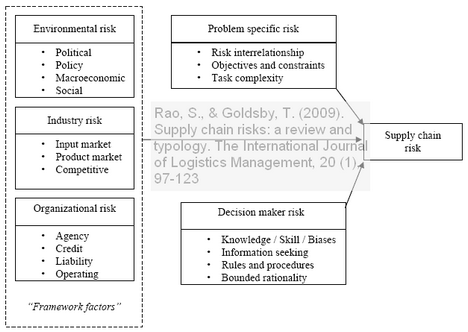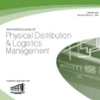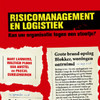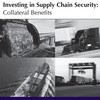 Finally, here it is, the complete review of supply chain risk. At least by the looks of it. Supply chain risks: a review and typology, is a 2009 article by two scholars from the University of Kentucky, Shashank Rao and Thomas J Goldsby, who review, synthesize and typify some 160 or so articles in supply chain risk and risk management. But is it really a complete review? That’s what I wanted to find out.
Finally, here it is, the complete review of supply chain risk. At least by the looks of it. Supply chain risks: a review and typology, is a 2009 article by two scholars from the University of Kentucky, Shashank Rao and Thomas J Goldsby, who review, synthesize and typify some 160 or so articles in supply chain risk and risk management. But is it really a complete review? That’s what I wanted to find out.
Bridging the gap
Supply Chain Risk Management is an area of research that has seen a considerable growth over the past 10 years or so. In order to understand what has been done before, a researcher or scholar must review the strengths and weaknesses of previous research. As is natural with an emerging area of research, much of this research seems to go off in all directions and come from all directions, and Shashank Rao and Thomas J Goldsby bridge this gap and set up a typology for the various strands of research in supply chain risk, thus providing the base for further investigation.
But missing a link
A definition of risk
Anyway, while they miss my favorite definition of risk, i.e. Kaplan and Garrick (1981), Rao and Goldsby employ another generic risk definition, that of Holton (2004):
A situation is risky when it entails exposure to two essential components: exposure to an event and the uncertainty of possible outcomes – both of which are necessary in completing a risky situation.
Note that with this definition, a situation with a certain outcome, regardless of how negative the outcome is, is not a risky situation. A certain situation is never risky, an uncertain situation is.
A typology of supply chain risks
Looking at 55 journal articles on supply chain risk, the authors identify five sets of different factors that contribute towards the “overall” supply chain risk:
- Environmental factors
- Industry factors
- Organizational factors
- Problem-specific factors
- Decision-making factors
These sets of risk are then further classified:
- Environmental risk
- Political uncertainty
- Policy uncertainty
- Macroeconomic uncertainty
- Social uncertainty
- Industry risk
- Input market uncertainty
- Product market uncertainty
- Competitive uncertainty
- Organizational risk
- Organizational risk
- Operating uncertainty
- Credit uncertainty
- Liability uncertainty
- Agency uncertainty
- Problem-specific risk
- Risk interrelationsship
- Objectives and constraints
- Task complexity
- Decision-making risk
- Knowledge/skill/bias
- Information seeking
- Rules and procedures
- Bounded rationality
This is then used to develop a unifying framework:

I find this a very interesting framework. To the left are the three prerequisites. To the right is the exact problem and the manner in which it is handled. All five complete the picture of the overall risk.
Critique
In orderly to properly address supply chain risk, the risks must be properly identified first. This article provides a framework for that. While this excellent literature review typifies the supply chain risk sources, the paper stops somewhat short of providing insights on how to deal with or manage the supply chain risks. That said, that isn’t the aim of the paper anyhow. What the paper does provide though, are starting pints for further research, particular as to how these uncertainties are linked to and interact with each other. I’m not sure where Rao or Goldsby are headed in their career, but this paper has definitely presented a solid framework and a fertile field for planting new strands of supply chain risk research.
On a sidenote, I could not help but noticing their remark on the findings of Craighead et al (2007), who investigated the impact of supply chain structure versus supply chain organization. While Rao and Goldsby focus on the supply chain structure as a source of risk, my own research focusses on the supply chain organization, i.e. preparedness and contingency planning, as a way to overcome unfavourable supply chain structure, as mentioned in my post on Bad locations = bad logistics?
Reference
Rao, S., & Goldsby, T. (2009). Supply chain risks: a review and typology The International Journal of Logistics Management, 20 (1), 97-123 DOI: 10.1108/09574090910954864
Author links
- linkedin.com: Shashank Rao
- linkedin.com: Thomas J Goldsby
Related
- husdal.com: Supply Chain Risk – a complete review?
- husdal.com: Supply Chain Risk a – more complete review?












